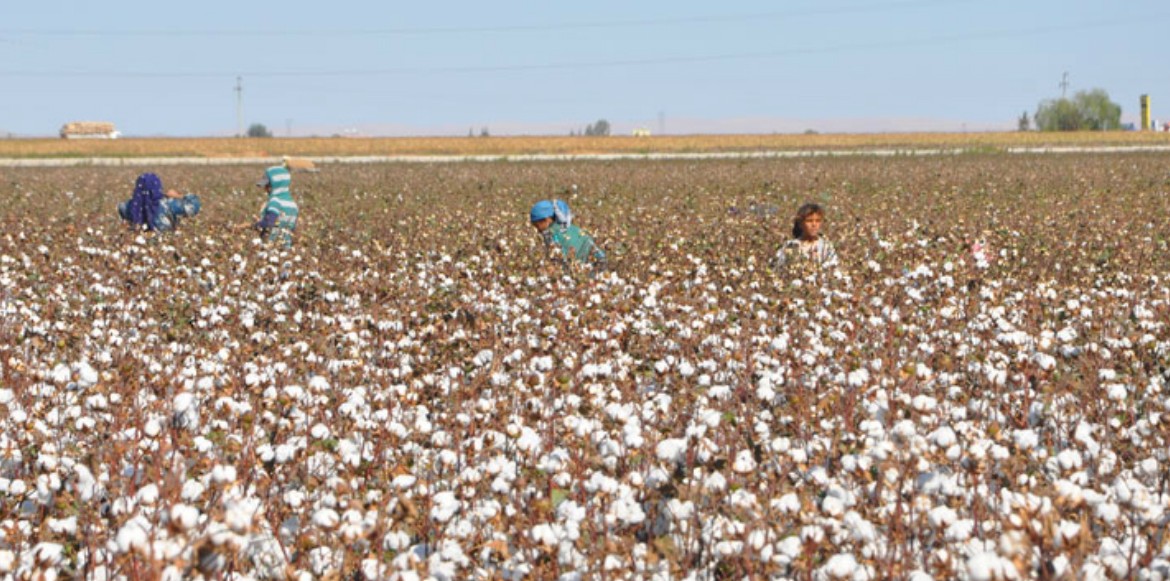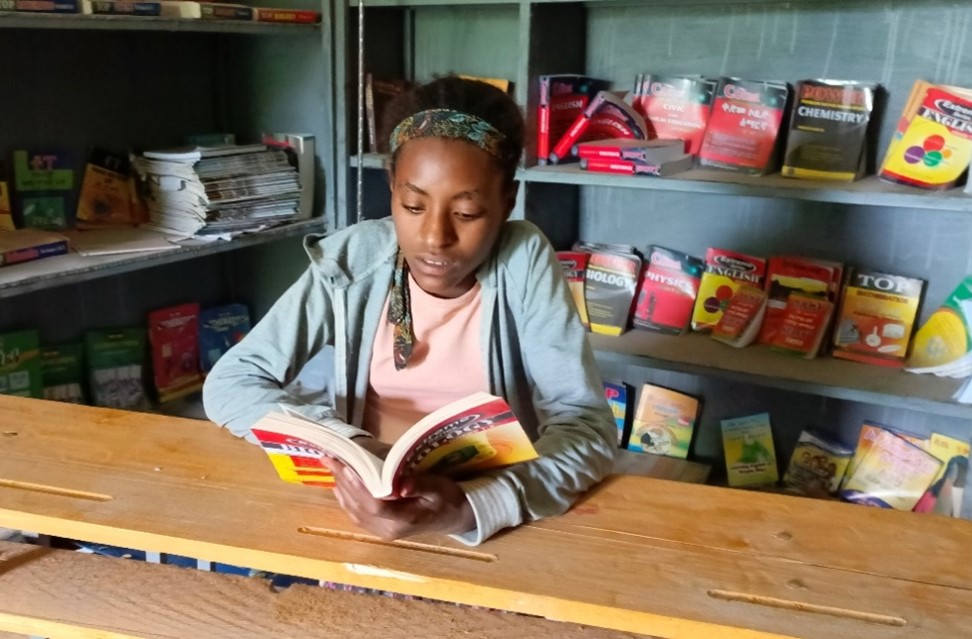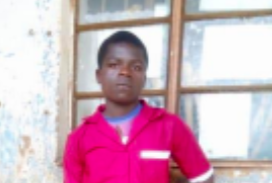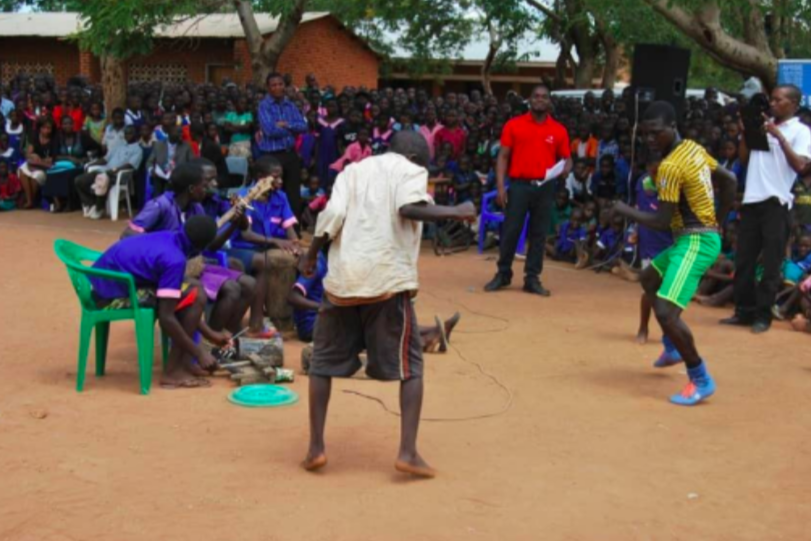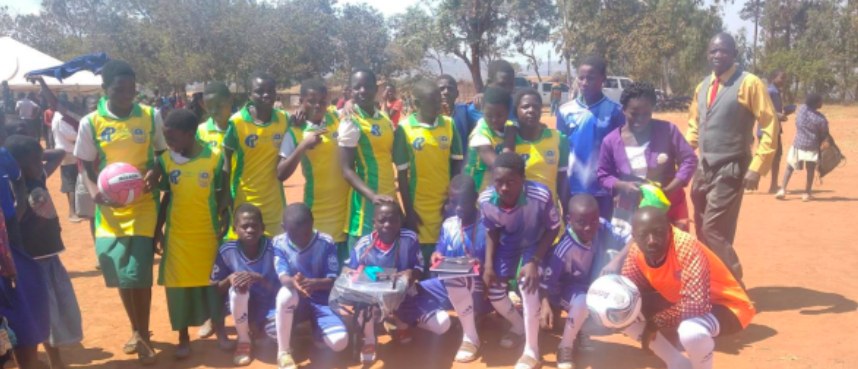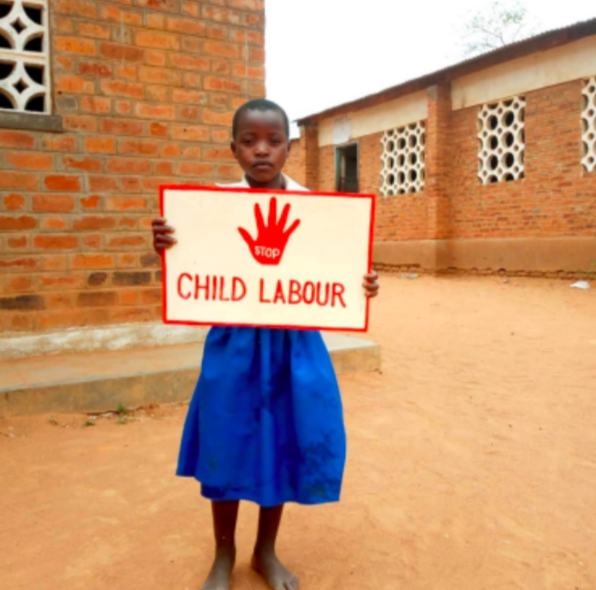THE HAGUE – Consumers around the world expect companies to do everything they can to ensure their products are free from child labour and other human rights abuses. Yet garment manufacturing is a complex process, with varying child labour and other risks – many of which remain undetected and unaddressed – at each step of production.
To better understand these risks, a Dutch multi-stakeholder Working Group on Child Labour began working in 2015 to investigate the likelihood of finding child labour in the supply chains of garment companies doing business in the Netherlands.
This working group – comprising Dutch sector organisations, garment companies, the Stop Child Labour coalition and UNICEF Netherlands – designed a pilot project to trace the garment and cotton supply chains of seven multinational companies sourcing from Turkey and selling in the Netherlands. Together with members of the working group, the U.S.-based Fair Labor Association (FLA) and the Turkey-based Development Workshop Cooperative (DW) carried out this project in 2016.
Where and how to tackle child labour
The project team worked with seven garment brands: C&A, Coolinvestments, Du Pon & De Bruin, Just Brands, PVH, Varova Fashion Holding and WE Fashion to build a supply chain mapping model that identifies suppliers in deeper tiers of a company’s supply chain and child labour risks at each tier, so that improvement efforts can focus on specific areas of concern.
Tracing the supply chain from garment to cotton and documenting labour conditions along the way proved difficult. However, the report does give a lot of insight to companies and stakeholders on where and how child labour risks can be found and tackled in the different tiers of the garment supply chain.
‘’Being one of the first multi-stakeholder projects of this kind, resulting in a public report with concrete recommendations for companies, this is an approach worth replicating,” said Stop Child Labour Coalition senior advocacy officer Gerard Oonk. “In the coming years we also hope to see the results on the ground with less children working in the cotton supply chain of companies and more children going to school.”
The researchers documented and reported on working conditions through four tiers of the supply chain – garment manufacturers (tier one), textile and spinning mills (tier two), ginning mills (tier three), and cotton farms (tier four). Beyond the first tier, researchers found that direct linkages to the participating brands were harder to establish due to frequent use of agents, and few documented or formalized business relationships. The scope of the project also excluded tracing the supply chains of first-tier sub-contractors.
Child labour on cotton farms
In the final tier – the cotton farms – researchers documented instances of child labour, but these farms were not linked to cotton supplied for garments sold in the Netherlands by the participating brands. Visiting five medium-sized farms in the Şanlıurfa province in southeastern Turkey on the Syrian border, the team encountered Syrian refugee children and Turkish children working alongside relatives to increase family income.
The team found that child labour was most prevalent in areas with little mechanisation at the farm level, requiring cotton to be picked by hand. Even though there was no link between the brands and the identified child labour on the specific documented farms, all participants are aware of the potential risks and are motivated to further engage on this topic.
“Our detailed research into all four tiers of the Turkish cotton and garment industry taught us a great deal about where and how the risks of child labour exist in the supply chain,” said DW Representative Ertan Karabıyık. “With a combination of capital investment, increased government inspections, and an unwavering commitment by the companies, our pilot project team is confident that Dutch businesses and others are better positioned to begin tackling the issue of child labour deeper in the supply chain including the cotton supply chain in Turkey.”
“The Turkey cotton project is a good example and learning experience of what garment companies together with Dutch, international, and local organisations can take up and learn from each other as for a company alone it will be difficult to identify and address the risks deeper in the supply chain,” said Marijke Willemsen from WE Fashion. “Currently the working group on child labour is working on concrete plans to continue with a follow-up project in Turkey, as well as in South-India and Bangladesh where the focus will be more on Tier 2 and subcontractors.”
Joining forces in Agreement on Sustainable Garments and Textiles
“For the companies one of the main reasons to participate in this project was because of the cooperation with NGOs and other companies. We can say this multi-stakeholder cooperation has been a success and has thaught us a lot,” said Femke den Hartog from sector organisation INretail. “Joining forces and scaling up to gain leverage is the only way forward and this is one of the key elements of the Dutch Agreement on Sustainable Garments and Textiles (AGT) that was signed almost a year ago. By now approximately 65 companies have committed to the AGT and are working hard on their due diligence and setting priorities for their action plans.”
The findings in the report help UNICEF to enhance and increase effectiveness in collaboration with the garment and textile industry in addressing – amongst other children’s rights issues – child labour in supply chains. This complements our long term investments to tackle the root causes of child labour with education and protection schemes in e.g. Turkey and Bangladesh.” says Mark Wijne, children’s rights advocate at UNICEF.
“Confronting child labour in a complex, global garment industry is going to require that all commit to a collaborative supply chain mapping process that prioritises trust and transparency,” said FLA President and CEO Sharon Waxman. “This pilot project shows that the challenges are real, and child labour and other violations may be embedded in company’s product unless there is concerted effort toward greater visibility and action deeper into all tiers of the supply chain.”
Resources:
Download the full report here
This is an article published by Inretail, Stop Child Labour Coalition, Unicef and the Fair Labor Association

